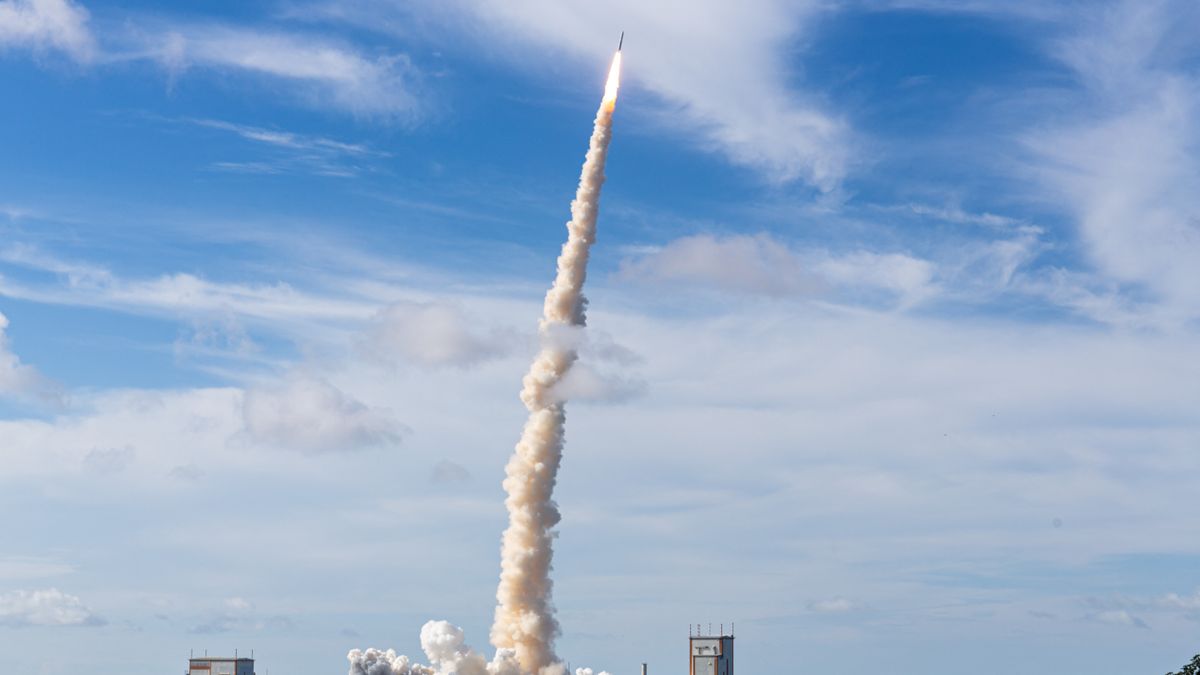Boeing’s Intelsat 33e satellite — a large communications satellite — has mysteriously broken up in orbit, scattering at least 20 chunks of space junk across Earth’s skies and affecting users across the globe.
Intelsat 33e satellite, which provided broadband communication to Europe, Africa and Asia from a geostationary orbit above the Indian Ocean, stopped working on Saturday (Oct. 19) due to an “anomaly” before its “total loss” was confirmed on Monday (Oct. 21), according to Intelsat, a satellite services provider that operates the satellite.
Follow-up observations by the U.S. Space Force confirmed that the satellite had broken up into at least 20 pieces, but the service “observed no immediate threats” from the debris. It’s still unclear exactly what caused the satellite’s sudden disintegration.
“We are coordinating with the satellite manufacturer, Boeing, and government agencies to analyze data and observations,” Intelsat wrote in the statement. “A Failure Review Board has been convened to complete a comprehensive analysis of the cause of the anomaly.”
Related: Sci-fi inspired tractor beams are real, and could solve a major space junk problem
The satellite, which weighed 14,600 pounds (6,600 kilograms) and was roughly the size of a limo, was designed and manufactured by Boeing and launched into orbit in 2016. It was the second satellite to be sent to space as part of Boeing’s “next generation” EpicNG platform. The first satellite, called IS-29e, also failed after spending several years in space — with a fuel leak made by a micrometeoroid strike or a solar storm being the likely cause.
These failures drastically undercut the expected lifespan of the satellites, which was previously estimated to be 15 years.
The satellite’s destruction is yet another headache for Boeing, which is currently dealing with a number of issues, including the fallout from its Starliner mission that stranded two NASA astronauts in space; a fraud charge over its 737 Max plane crashes; and a strike of 300,000 workers at its plane manufacturing facility.
It also adds to the growing problem of space junk cluttering Earth’s skies. Space agencies around the world try to keep tabs on more than 30,000 of the largest pieces of junk, but many more pieces of debris are too small to monitor.
Scientists have proposed multiple ways of tidying our planet’s skies, such as gathering junk up in nets; collecting it with clawed robots; or firing a half–mile-long (0.8 kilometers) tether from another spacecraft to grab larger pieces.
